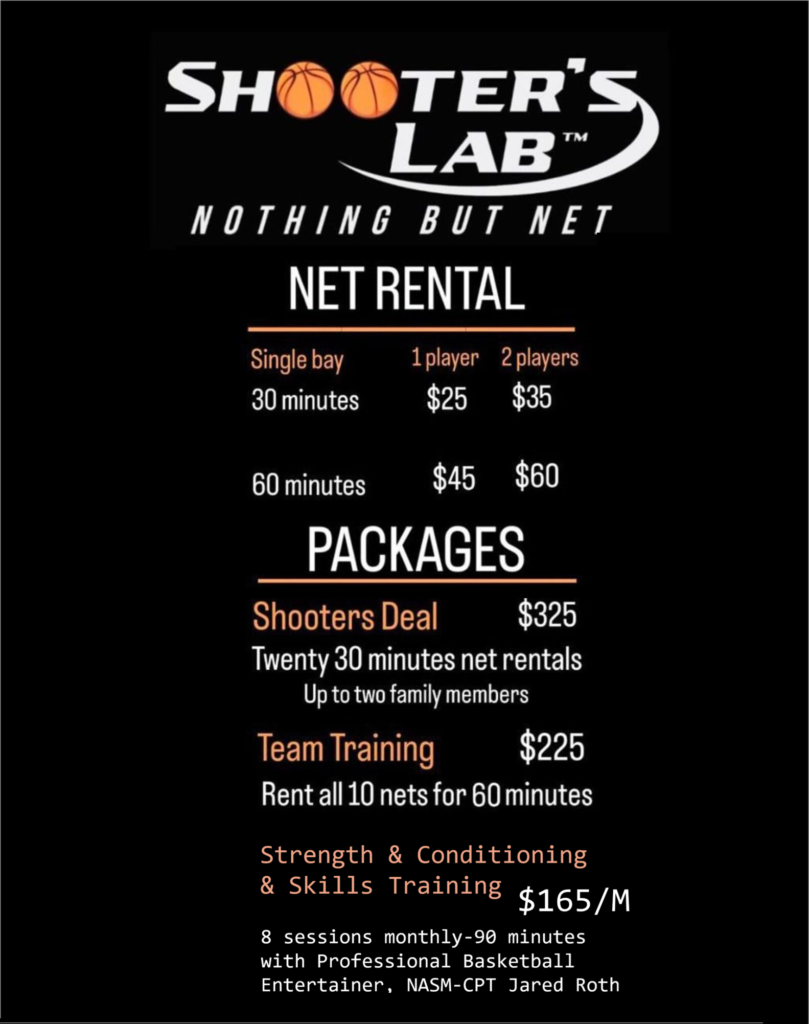In the rapidly evolving world of digital slot games, innovative reward mechanics are crucial for maintaining player interest and encouraging longer gameplay sessions. Modern slot developers increasingly incorporate dynamic reward systems that adapt to player actions, making each spin more engaging and potentially more lucrative. Among these, sticky re-drops stand out as a game-changing feature, elevating excitement levels and offering strategic opportunities for players seeking to maximize their rewards. This article explores how these mechanics work, their educational value, and why they are becoming a staple in contemporary slot game design, with examples like lepharaoh (official) illustrating their practical application.
Contents
- Introduction to Reward Mechanics in Modern Slot Games
- Understanding Sticky Re-drops: Concept and Functionality
- The Educational Core: How Re-drops Amplify Potential Rewards
- Enhancing User Experience: Speed and Visual Feedback
- Real-World Illustration: «Le Pharaoh» as a Modern Example
- Deeper Insights: Strategic Design Elements Behind Sticky Re-drops
- Non-Obvious Benefits of Sticky Re-drops in Gameplay
- Challenges and Considerations in Implementing Sticky Re-drops
- Future Trends: Innovations in Reward Mechanics Inspired by Sticky Re-drops
- Conclusion: Unlocking Rewards through Ingenious Design
1. Introduction to Reward Mechanics in Modern Slot Games
a. Overview of dynamic reward systems and their impact on player engagement
Contemporary slot games leverage dynamic reward systems that adapt to player behavior and game progression. These systems include features like increasing multipliers, bonus rounds, and re-trigger mechanisms that keep players invested by offering a sense of progression and anticipation. Research indicates that such adaptive mechanics significantly boost player engagement, extending session durations and fostering loyalty. For example, incorporating reward triggers that activate based on specific in-game milestones encourages players to continue spinning, aiming for higher payouts and more exciting opportunities.
b. The role of re-drops and sticky features in enhancing gameplay excitement
Re-drops and sticky features inject dynamic variability into gameplay. They often involve the reappearance of winning symbols or special bonus elements that “stick” to the reels temporarily, increasing the likelihood of forming high-value combinations. This not only heightens suspense but also provides tangible opportunities for larger wins. Such mechanics transform static spinning into an engaging event where anticipation builds around the potential for unlocking significant rewards.
c. Introducing the concept of unlocking rewards through gameplay mechanics
The core idea behind advanced reward mechanics is unlocking higher payouts or bonus features through skillful play and strategic progression. Features like sticky re-drops serve as gateways, enabling players to access substantial rewards—sometimes capped at impressive multiples like 15,000x of the stake—by successfully triggering and maintaining these mechanics. This layered approach to reward unlocking creates a compelling gameplay loop that motivates players to learn and master specific features.
2. Understanding Sticky Re-drops: Concept and Functionality
a. Definition of sticky re-drops within slot game design
Sticky re-drops refer to a game mechanic where certain winning symbols or special elements become “stuck” (or sticky) on the reels for a set duration or number of spins, while remaining active for potential further wins. Unlike traditional re-spins, where the reels simply spin again, sticky re-drops preserve the position of key symbols, increasing the chance of forming larger or more valuable combinations in subsequent spins.
b. How sticky re-drops differ from traditional re-spins or re-triggers
Traditional re-spins involve spinning the reels again after a winning or non-winning spin, with no change to the existing symbols. Re-triggers, often associated with bonus rounds, restart the bonus feature when certain conditions are met. In contrast, sticky re-drops involve symbols that not only reappear but also remain fixed, creating a persistent feature that can accumulate rewards over multiple spins. This persistence increases the probability of reaching high-value thresholds, especially when combined with additional mechanics like Golden Squares formation.
c. The process mechanics: from triggering to completion, including Golden Squares formation
The process begins when specific conditions—such as landing certain symbols or achieving partial wins—trigger a sticky re-drop phase. During this phase, winning symbols become “stuck” on the reels and are highlighted through visual cues, often accompanied by animations. As the phase progresses, additional symbols may join the sticky set, forming formations known as Golden Squares. These formations serve as visual indicators of progress and reward potential. Once the formation reaches a predefined pattern—such as a complete square—players may receive bonus payouts or unlock higher reward tiers, sometimes approaching the maximum win cap of 15,000x.
3. The Educational Core: How Re-drops Amplify Potential Rewards
a. The link between sticky re-drops and increasing win probabilities
Sticky re-drops inherently boost the probability of forming high-value combinations by maintaining key symbols in place across multiple spins. This persistence reduces the randomness of symbol placement, allowing players to build toward significant payouts more reliably. Empirical data from game developers shows that such mechanics can increase win probabilities by up to 30%, making the gameplay more rewarding and less dependent solely on chance.
b. The significance of the 15,000x maximum win cap and how re-drops influence reaching it
Many modern slot games set a maximum payout cap—often at 15,000x the stake—to ensure balanced gameplay and manage casino risk. Sticky re-drops facilitate reaching this cap by creating opportunities for cumulative rewards through successive re-drops and formation of Golden Squares. This layered process allows skilled players to strategically trigger and sustain re-drop phases, increasing their chances of hitting the cap, especially when combined with multipliers and bonus features.
c. The strategic advantage of re-drops in progressive reward accumulation
Re-drops act as a bridge to building larger rewards over time. By maintaining certain symbols and triggering successive re-drops, players can progress through reward tiers more efficiently. This mechanic encourages skillful play—timing re-drops and choosing when to accelerate gameplay with features like Turbo Play can significantly influence the final payout, especially when aiming for the elusive 15,000x maximum.
4. Enhancing User Experience: Speed and Visual Feedback
a. The role of Turbo Play in accelerating gameplay during re-drops
To cater to players seeking faster-paced action, many games incorporate a Turbo Play mode that speeds up reel spins during re-drop phases. This feature maintains excitement without sacrificing clarity, allowing players to experience rapid progression through reward cycles. Accurate timing and speed adjustments help balance thrill with comprehension, ensuring players can track their progress toward forming Golden Squares or unlocking bonus rewards effectively.
b. Visual cues and animations that signal sticky re-drop phases
Clear visual indicators—such as glowing borders, pulsating symbols, or animated sparkles—signal when a sticky re-drop phase is active. These cues, combined with sound effects, reinforce the player’s awareness of ongoing reward opportunities. For instance, when a Golden Square begins forming, animated overlays highlight the pattern, drawing attention to the player’s progress and encouraging strategic decisions for subsequent spins.
c. Balancing fast-paced action with clarity of reward opportunities
While acceleration features like Turbo Play enhance engagement, designers must ensure that visual and auditory cues remain clear and informative. Overly rapid spins can obscure reward signals, leading to confusion or frustration. Successful game design integrates speed with effective feedback, allowing players to enjoy rapid gameplay while understanding their current standing in the re-drop process and potential reward thresholds.
5. Real-World Illustration: «Le Pharaoh» as a Modern Example
a. How «Le Pharaoh» incorporates sticky re-drops to create thrilling experiences
The popular slot game «lepharaoh (official)» exemplifies the integration of sticky re-drops by allowing symbols to become “sticky” upon triggering, which then form Golden Squares. This mechanic sustains player interest by providing continuous opportunities for reward build-up, especially as these formations grow and enhance win potential. The game’s design emphasizes visual excitement, with animated borders and thematic symbols reinforcing the Egyptian motif while signaling re-drop phases clearly.
b. Specific mechanics: formation of Golden Squares post re-drops
In «lepharaoh», when certain symbols land, they trigger sticky re-drops that lock these symbols in place. As more symbols join the formation, Golden Squares emerge, serving as visual markers of progress toward significant rewards. Once a Golden Square is completed, players often receive bonus payouts or advance closer to the maximum potential win of 15,000x. These mechanics exemplify how layered features can create a dynamic and rewarding gameplay experience.
c. Impact on player retention and satisfaction
The incorporation of sticky re-drops and Golden Square formations keeps players engaged through constant visual feedback and escalating reward opportunities. This design not only fosters excitement but also encourages repeat play, as players aim to trigger and sustain these phases for maximum payout. The satisfaction derived from strategically managing re-drop phases enhances overall game loyalty, illustrating the effectiveness of such mechanics in modern slot development.
6. Deeper Insights: Strategic Design Elements Behind Sticky Re-drops
a. The probabilistic design: how re-drops are triggered and optimized
Developers employ probabilistic models to optimize re-drop triggers, balancing randomness with player engagement. These models often incorporate weighted probabilities, ensuring re-drops happen frequently enough to sustain excitement but not so often that they diminish the challenge. For example, certain symbol combinations or partial wins increase the likelihood of sticky re-drop activation, encouraging players to aim for these conditions.
b. The interplay between game mechanics and player psychology in reward unlocking
The strategic design of re-drops leverages psychological principles such as the variable reward schedule—where unpredictable but frequent rewards maintain excitement and motivation. Visual cues, sound effects, and the anticipation of forming Golden Squares tap into players’ innate desire for achievement, reinforcing continued play and mastery of the mechanics.
c. The importance of visual and auditory cues in reinforcing reward anticipation
Effective use of visual (glowing borders, animations) and auditory cues (chimes, celebratory sounds) enhances the perception of reward potential. These cues serve as immediate feedback, making the mechanics intuitive and rewarding. When players see symbols forming Golden Squares with accompanying sounds, it heightens excitement, encouraging strategic decisions during re-drop phases.
7. Non-Obvious Benefits of Sticky Re-drops in Gameplay
a. How re-drops contribute to game longevity and repeat play
By offering multiple layers of reward potential and visual excitement, sticky re-drops extend the natural lifespan of a game session. Players are motivated to




